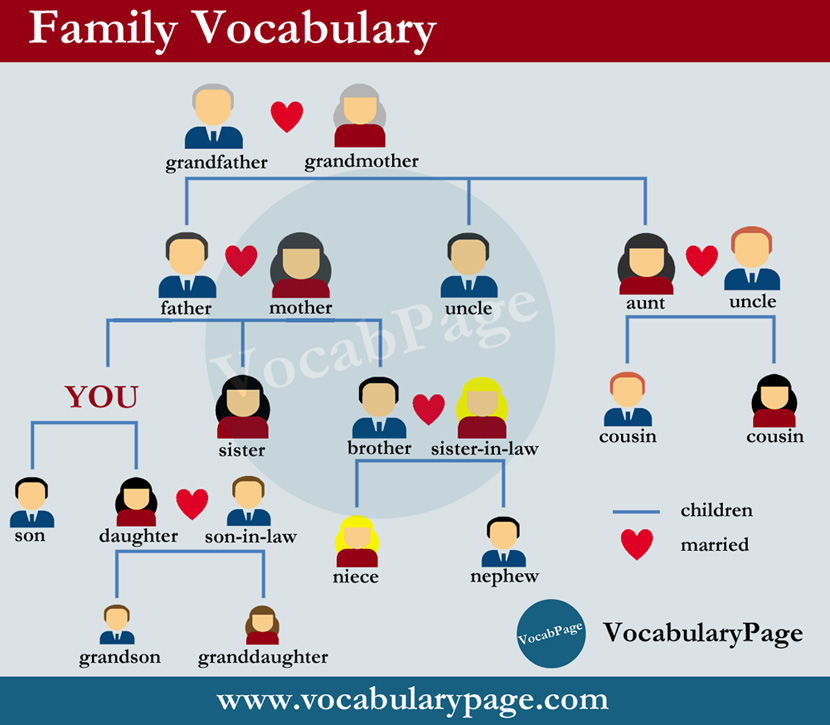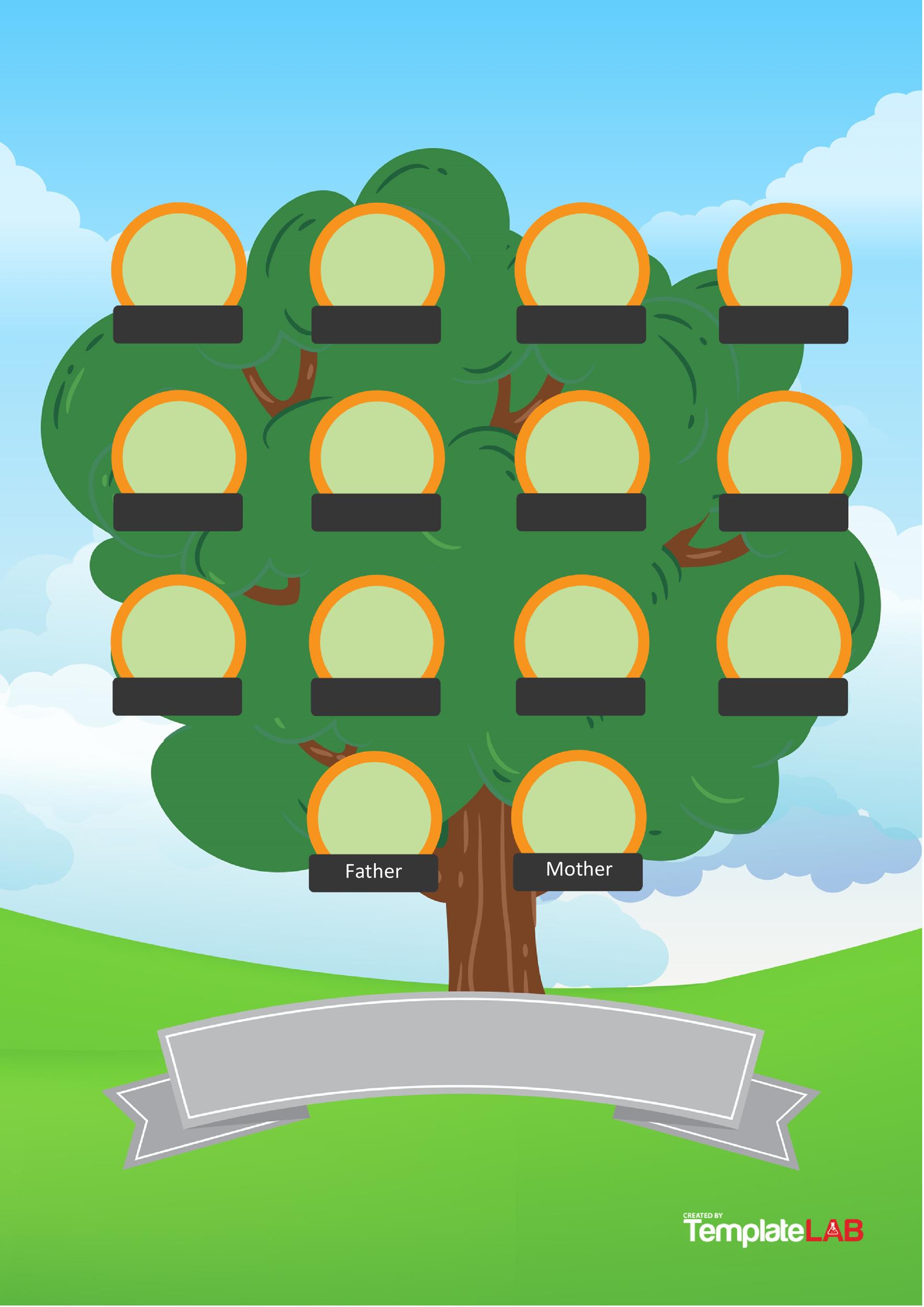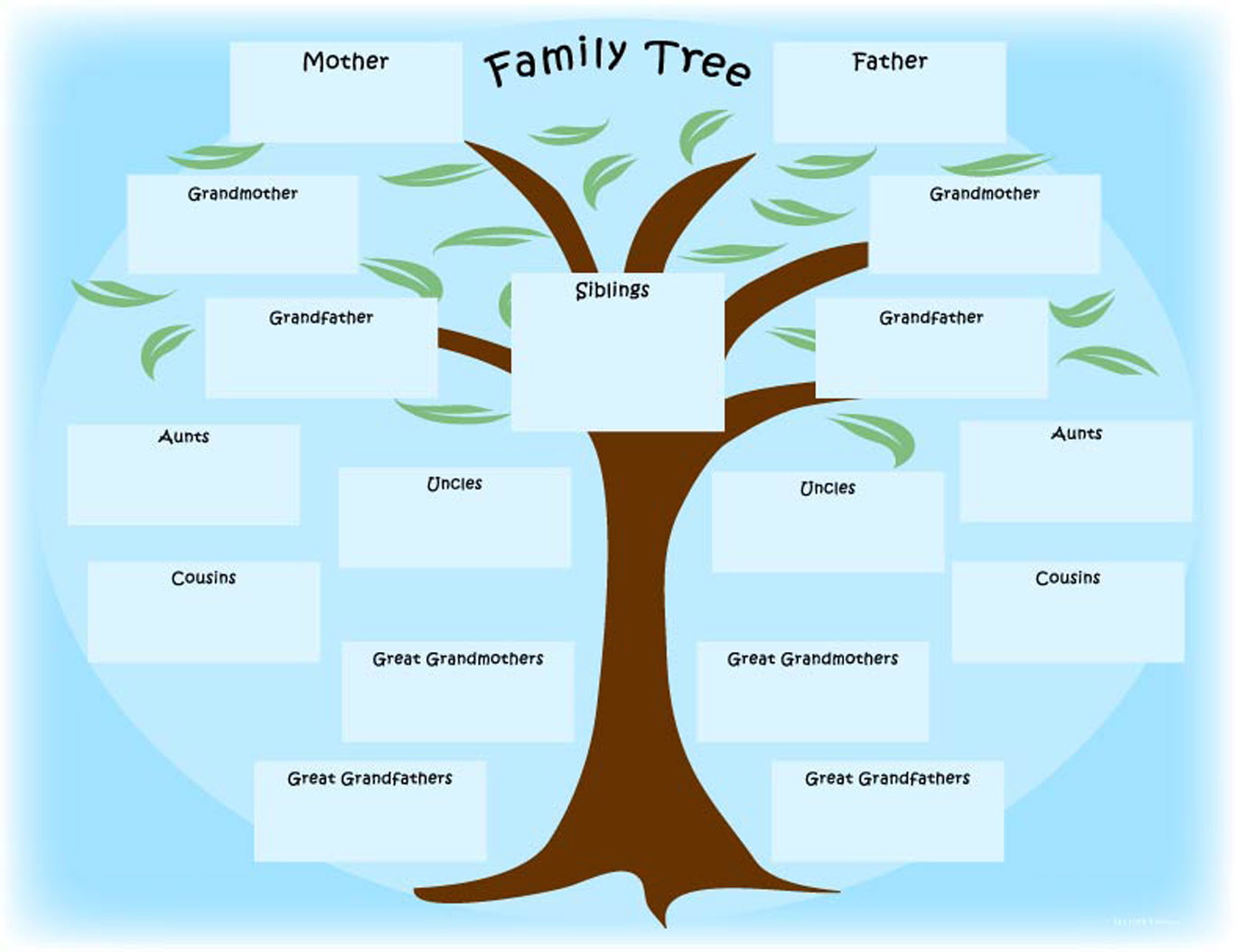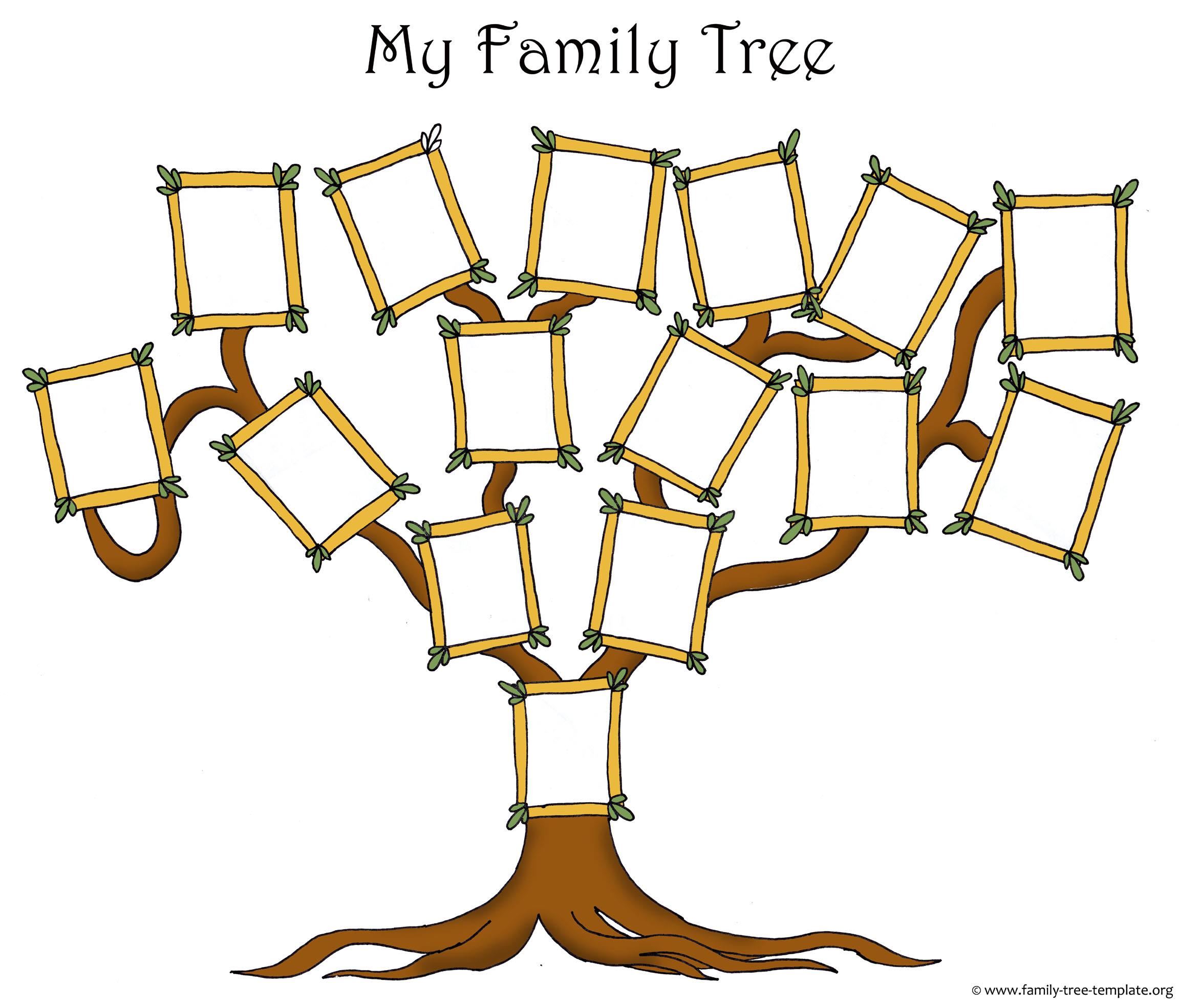

With the family tree, you can read through birth records, death certificates, property files, census documents, military records, and even old yearbooks. But if you want to learn what profession your Irish ancestors had, build a family tree. If you want to purely learn about your ethnicity, take an AncestryDNA test. You have the option to add photographs, accept or decline records, receive hints from the platform, and even build based off of other people’s family trees. So in addition to building blocks for every member of your family tree, you can connect the records to individual people in your tree. What can you learn with a family tree in Ancestry?ĭiscover fun things with a family tree, like the fact your great grandparents were cousins.Īn Ancestry family tree is similar to the one you likely had to make during grade school, but it’s all online and gives you access to billions of records literally within seconds. So how do you make a family tree on Ancestry? And what specifically can you access? Here’s what you need to know. You can only view its ThruLines feature-which tells you how you’re related to other users-if you have a fleshed out family tree, so building one allows you to unlock features that would otherwise remain blank. But several days later, I had a complete history of my entire family, discovered a few secret relatives, and decided I also needed to send in an AncestryDNA kit to reveal even more about my family’s past.Īnd once I received my AncestryDNA test results I realized-you can access so much more about your heritage if you build a family tree. I quickly learned: 1.) it’s complicated, and 2.) it can get expensive if you don’t know where to look. So I went almost immediately to AncestryDNA and tried to build a family tree. Were my ancestors Irish like my mother insisted? Was I really related to Kiefer Sutherland like my sister swore? It took watching Andy Samberg’s mother reconnect with her long-lost family to make me realize I needed to find out more about mine. For me, it was during an episode of “Finding Your Roots” on PBS. Kya would never see the handsome Jake swagger into an Asheville soda fountain in early 1930, where he spotted Maria Jacques, a beauty with black curls and red lips, visiting from New Orleans.The urge to delve deep into your family’s history can come suddenly. Time ensures children never know their parents young. She sat there for a few minutes with the Bible open on the table. Not until that moment had she known her parents' proper names. She was ashamed that she had forgotten their names, but now that she'd found them, she would never let them go again.Ībove the list of children she read: Mister Jackson Henry Clark married Miss Julienne Maria Jacques, June 12, 1933. They blurred, but she could see them all squeezed around the table eating stew, passing cornbread, even laughing some. She rubbed her fingers over the names again, which brought faces before her eyes. Kya spoke softly, "Murph, ya name was Napier."Īt the top, the oldest, Miss Mary Helen Clark, September 19, 1934. Master Napier Murphy Clark, April 14, 1936.

Miss Amanda Margaret Clark, May 17, 1937. "Jodie, I sure never thought a' you as Master Jeremy." Master Jeremy Andrew Clark, January 2, 1939.

Then, going back up the list, she read the real names of her brothers and sisters: She found her own at the very bottom: There it was, her birthday: Miss Catherine Danielle Clark, October 10, 1945. Sitting at the table, she turned the thin pages carefully to the one with the family names.

Then one night she made a little oh sound, and took the old Bible from the shelf. “She went around reading everything- the directions on the grits bag, Tate's notes, and the stories from her fairy-tale books she had pretended to read for years.


 0 kommentar(er)
0 kommentar(er)
